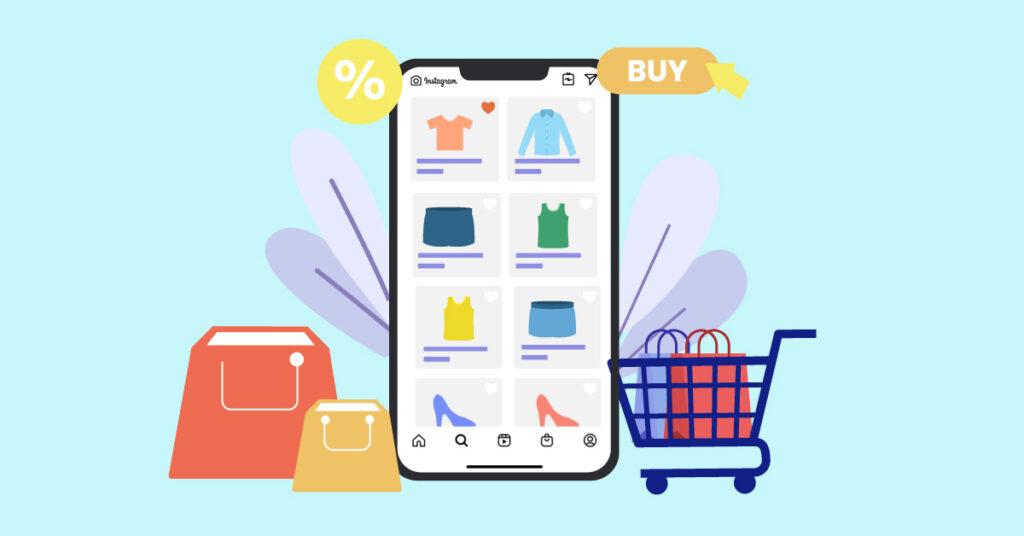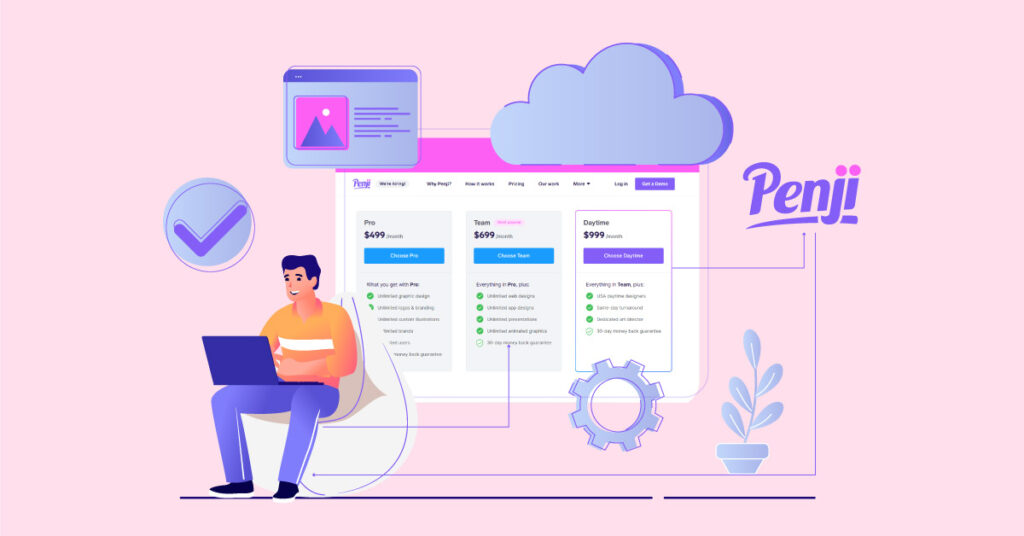
Consumers today now shop for quality, affordability, and convenience, making online stores a go-to option. And with the further ecommerce boom during the pandemic, people now prefer virtual stores over brick-and-mortar shops. This lets new and existing ecommerce entrepreneurs enjoy the lion’s share of this industry. But with the cut-throat competition, ecommerce websites must be up-to-date. Here are the top 10 trends in ecommerce to boost leads and conversions.
1. Mobile shopping
Global mobile ecommerce sales are forecasted to reach $4.5 trillion by 2024. This makes mobile shopping a more convenient option for users to purchase what they need. As ecommerce entrepreneurs, you must not miss out on this trend. Ensure that your website is mobile-ready, which means optimizing it, so it looks good and loads fast on mobile phones.
Users can abandon your website quickly when images take time to load, increasing your bounce rate. That said, optimizing your images and keeping your navigation menu simple are a few factors that make your website mobile-friendly.
2. Versatile payment methods

Another trend in ecommerce that’s making its way into many virtual stores is versatile payment methods. Online shoppers have their preferred mode of paying for their purchases online. When your online store doesn’t provide different options for payment, this could turn customers away.
Make sure you’re offering various payment methods to prospects, such as Apple Pay, Cash App, Venmo, PayPal, Google Pay, or even bitcoin. Additionally, the “buy now, pay later,” or BNPL payment method is becoming more commonplace. Customers use their favorite BNPL apps like Klarna, Walley, ClearPay, or AfterPay to purchase an item and pay it through monthly installments.
3. Voice search
One of the most popular trends in ecommerce that cater to convenience and organic ranking is voice search. An intelligent voice search means users use their voice instead of typing when searching for an item. It works the same as the voice search feature for search engines.
Your job as an online store owner is optimizing your website for voice searches by prioritizing essential keywords. Voice search is an ecommerce trend that will likely stay because it offers a quick and convenient user shopping experience.
4. Social commerce

Most online shoppers likely have social media profiles, so why not leverage social media to cater to users in these channels? If your target audience hangs out a lot on some social media platforms, make it easy for them to shop for your products or services. You can integrate social media shopping on top of your ecommerce website.
Some social platforms like Instagram make shopping easy by incorporating Instagram Shopping. This lets you include shops on your profile, shopping tags, collections to curate your products, a product detail page, and ads with product tags.
5. Personalized shopping
Always consider a smooth customer journey when creating your ecommerce website and promoting products and services. One way you can provide a seamless shopping experience is through personalization. Conversely, users also prefer a personalized list of items, so they don’t have to endlessly search for what they want.
Get to know your users and use the data you gather from their first visit. Use this data to offer retargeting ads that contain items they might like. You may also segment your audience to cater to groups with similar needs. Better yet, you can also provide intelligent product recommendations for an overall smooth customer experience.
6. Augmented reality

Augmented reality or AR is a helpful ecommerce integration for clothing brands. It lets buyers view the clothes on them through a virtual try-on. This feature will also benefit the home decor industry as it allows customers to get a better view of the space and furniture before even seeing it in person.
Another area where you can apply AR is on your interactive user manuals. These digital manuals let customers understand how your product or service works better.
7. Artificial intelligence
Artificial intelligence or AI is also a game-changer in the ecommerce industry. Most AI solutions provide online businesses with a better targeting system that keeps their marketing and operations efficient. For instance, gathering aggregated data can incredibly improve and personalize advertising campaigns. A user’s search history and previous shopping experience may define their demographics and psychographics.
Moreover, chatbots are another way to offer 24/7 customer support and cater to customers in different time zones.
8. Subscription services

One of the trends in ecommerce that offer online businesses a monthly recurring revenue is subscription services. This service allows customers to repurchase the products or services they know they’ll need in the future. On the other hand, it also immensely benefits the business because you retain regulars that order frequently.
A subscription-based service charges customers on a recurring system for products or services. You can offer different pricing tiers that let customers choose how long they want the service, such as weekly, monthly, or yearly.
9. Sustainable shopping
More and more brands are banking on sustainable shopping for social responsibility. On the other hand, more customers admit to choosing brands that align with their principles. Brands that show purpose and advocacy attract more like-minded customers.
Make your virtual store sustainable by doing these tips:
- Eliminate plastic packaging
- Reuse paper packaging like newspaper
- Don’t pack small items with large packaging
- Don’t overpack your products
- Use recyclable packaging whenever possible
- Write a detailed product description to avoid customers returning the items
- Don’t offer a return policy
- Ship items in bundles
- Choose and sell eco-friendly products or materials
Relevant Article: 12 Best Sustainable Beauty Brands in 2022
10. Headless e-commerce

Headless ecommerce refers to decoupling the backend ecommerce platform from the frontend presentation layer. The backend system pertains to the overall infrastructure, checkout, security, payment, etc. Meanwhile, the frontend presentation layer pertains to the colors, themes, graphics, navigation menu, buttons, etc.
Headless ecommerce benefits online businesses because it considers flexibility for frontend developers. They don’t always have to consider the backend functionality when creating fast and responsive websites. Moreover, marketers don’t have to hurt the backend processes when creating marketing campaigns in the front end.
Conclusion
These trends in ecommerce undoubtedly increase potential sales that put your ecommerce business at the top. But a BONUS TREND that will also likely stay in this industry is graphic design. Visual communication is the solution to customer engagement and possible conversions.
Need help with your web or app designs? Try Penji’s 30-day money-back guarantee and get unlimited designs at cheap monthly rates.











